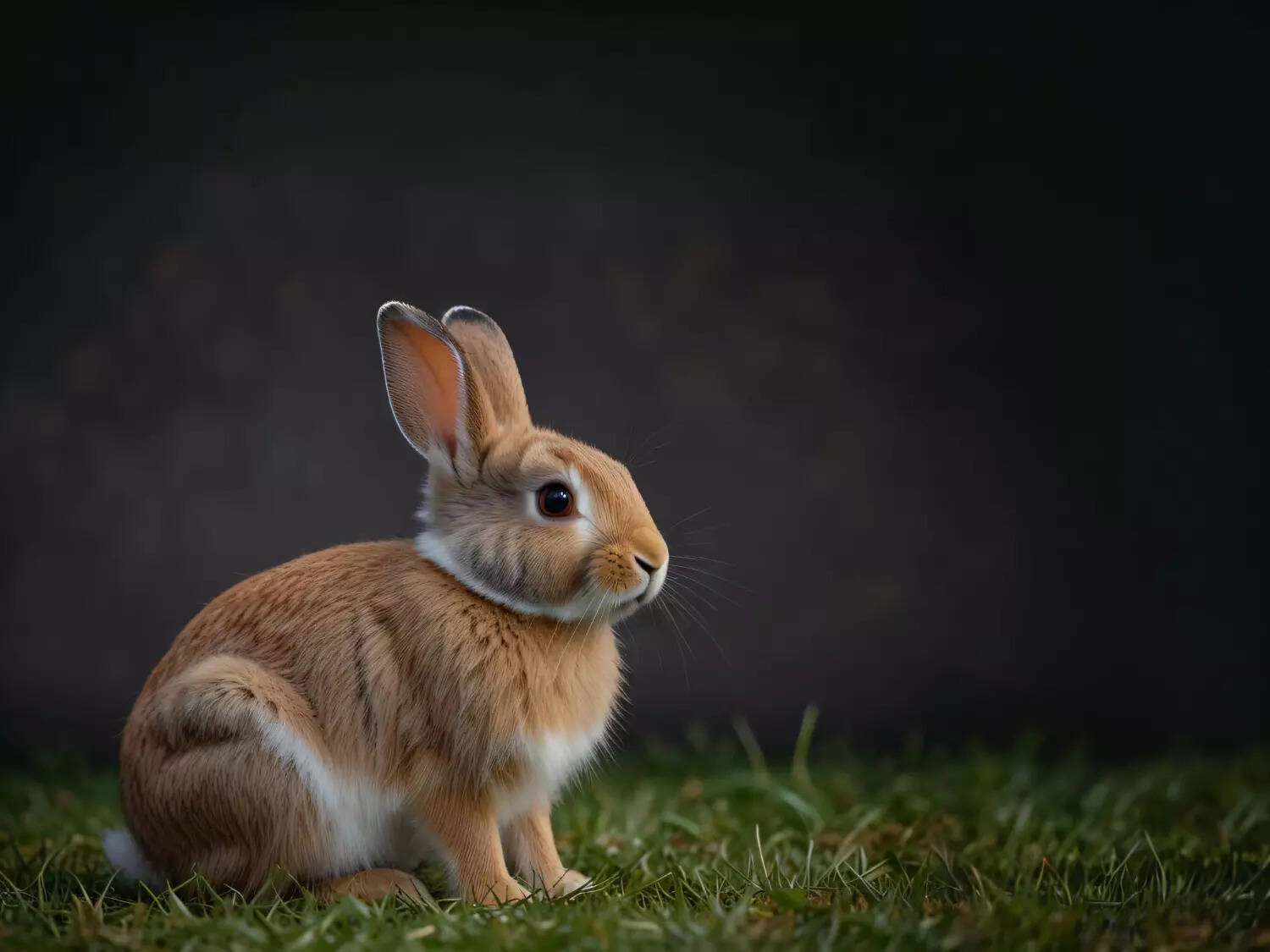How to Create a Safe Indoor Space for Your Pet Rabbit
Rabbits are curious, social, and full of energy, but indoor life comes with its risks. Creating a safe, comfortable environment is essential for their health and happiness. Here’s how to set up the perfect indoor space for your bunny.
Creating a safe indoor space for your pet rabbit takes planning, but the results are rewarding. A secure, clean, and stimulating environment keeps your bunny healthy, happy, and stress-free, so they can hop, play, and snuggle safely in your home.

1. Choose the Right Location
Pick a quiet area away from direct sunlight, drafts, and high traffic. Rabbits need a calm space where they can relax without constant disturbances, which reduces stress and supports their well-being.2. Use a Spacious Enclosure
A roomy cage or playpen is a must. Rabbits need space to hop, stretch, and explore. A minimum of 4-6 square feet of living area plus a larger exercise area is ideal. Multi-level pens can provide extra fun without overcrowding.3. Protect Electrical Cords
Rabbits love to chew, and cords are dangerous. Cover wires with protective tubing or tape, or reroute them out of reach. This prevents electrocution and keeps your home safe from damage.4. Provide Safe Flooring
Avoid slippery surfaces. Place non-toxic rugs or mats to give rabbits grip and prevent injuries. Carpet remnants or foam mats are excellent options for hopping and running.You may also like
- Bihar elections: Congress, RJD fail to break ice on seats
- After Army alert, Baramulla administration bans drones
- Mumbai Civic Polls: Congress wants to go solo, waiting for UBT decision
 J-K: Indian Army opens fire after spotting suspicious movement along LoC in Kupwara
J-K: Indian Army opens fire after spotting suspicious movement along LoC in Kupwara- Indian minister Kirti Vardhan Singh joins global leaders at Sharm El-Sheikh peace summit
5. Bunny-Proof Furniture
Block off areas under couches or behind cabinets where rabbits could get stuck. Ensure they can’t chew furniture legs or baseboards, as this can be harmful if ingested.6. Include Hiding Spots
Rabbits feel safe when they have places to hide. Cardboard boxes, tunnels, or small hideaways give them a retreat to reduce stress and mimic their natural burrow instincts.7. Keep Food and Water Accessible
Place fresh hay, leafy greens, and water bottles or bowls within easy reach. Consider a heavy bowl to prevent tipping, and change water daily to maintain hygiene.8. Enrichment is Key
Provide chew toys, tunnels, and treat puzzles. Mental stimulation prevents boredom, encourages exercise, and promotes natural behaviors like digging and chewing safely.9. Maintain Cleanliness
Clean litter boxes daily and sanitize the enclosure weekly. A clean environment prevents infections and keeps your rabbit healthy and comfortable.10. Monitor Temperature and Ventilation
Rabbits are sensitive to heat. Keep the room between 60-70°F and ensure good ventilation without drafts. Avoid placing the enclosure near heaters or air conditioners.Creating a safe indoor space for your pet rabbit takes planning, but the results are rewarding. A secure, clean, and stimulating environment keeps your bunny healthy, happy, and stress-free, so they can hop, play, and snuggle safely in your home.









